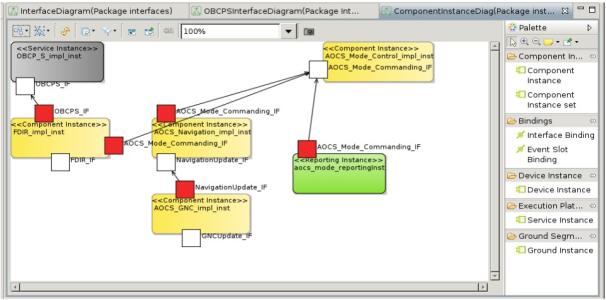Requirement and I/F definition for future OBCP building block

The OBCP-BB study has performed the following tasks: Assessment of current OBCP implementations for Space systems, considering both Application procedures (OBAPs) and Operation procedures (OBOPs), and providing some statistics figure about the OBCPs used in different ESA missions and projects Assessment of the ECSS-E-ST-70-01C standard particularly in the context of the specification of the OBCP software building block in the FSW Reference Architecture. The analysis has covered both the OBCP concept and the system capabilities defined by the ECSS standard. Critical aspects that can benefit from prototyping and evaluation in the study were identified and we have also proposed points of improvement for the OBCP standard. Assessment of potential innovations and description of the vision of the future use of OBCPs. As well as evaluation of most promising solutions concerning supporting technologies for the proposed architecture development. Definition of the OBCP building block, including system requirements specification and interfaces. The ESA OBSW Reference Architecture was one of the main inputs for this task. The objective was the definition of the OBCP building block in terms of its provided and required interfaces and interaction to flight software and spacecraft operations. Prototype implementation and demonstration The On-Board Control Procedure Service (OBCP-S) is modeled as a pseudo-component within the Execution Platform of the On-board SW Reference Architecture (OBSW-RA). OBCP-S provided interface which allows application components manage OPCPs.
The OBCP-BB prototype uses ESA TASTE toolset www.assert-project.net to generate the Interaction Layer and the functional code, and that has imposed some constraints to the tool. Nevertheless the tool design facilitates future extensions to support the whole set of possible scenarios. The Interaction Layer (i.e., containers and connectors) is automatically generated by the “SCM TASTE Generator” utility. The transformation engine only requires as input the Space Component Model (SCM). The transformation engine includes the platform services not defined at model-level, and generates the corresponding data, interface and deployment views which are taken by TASTE as inputs.
